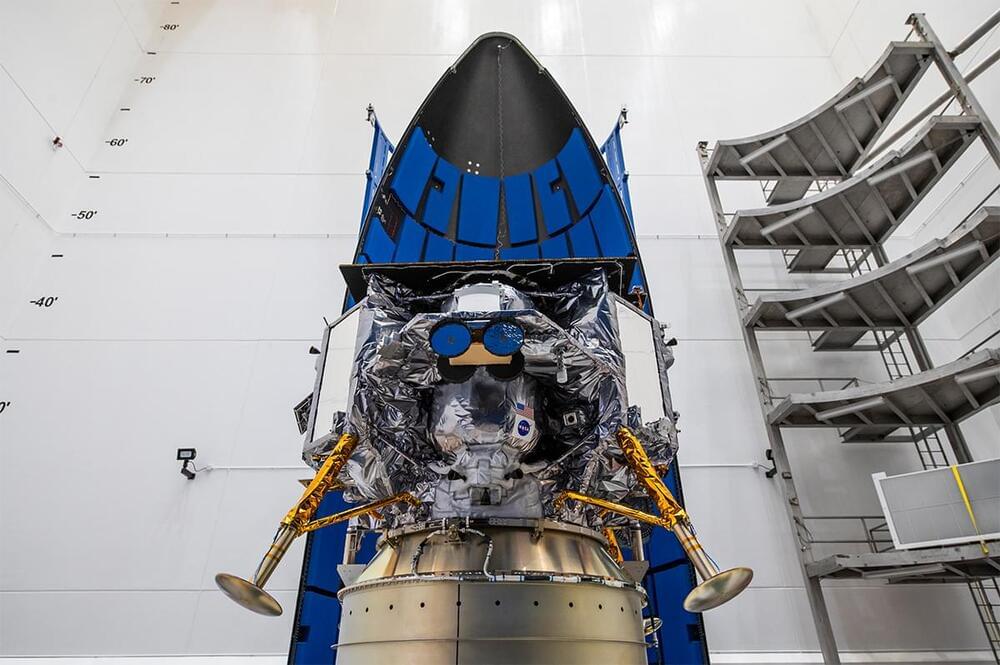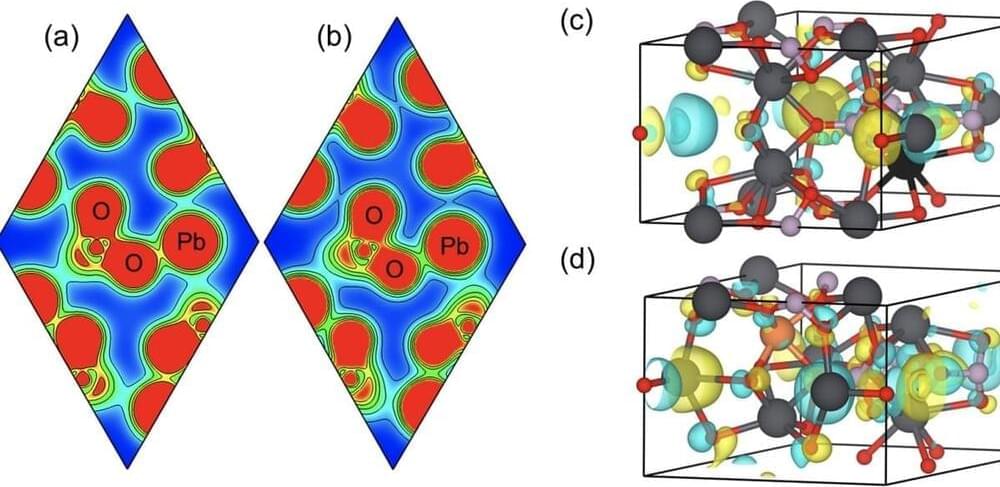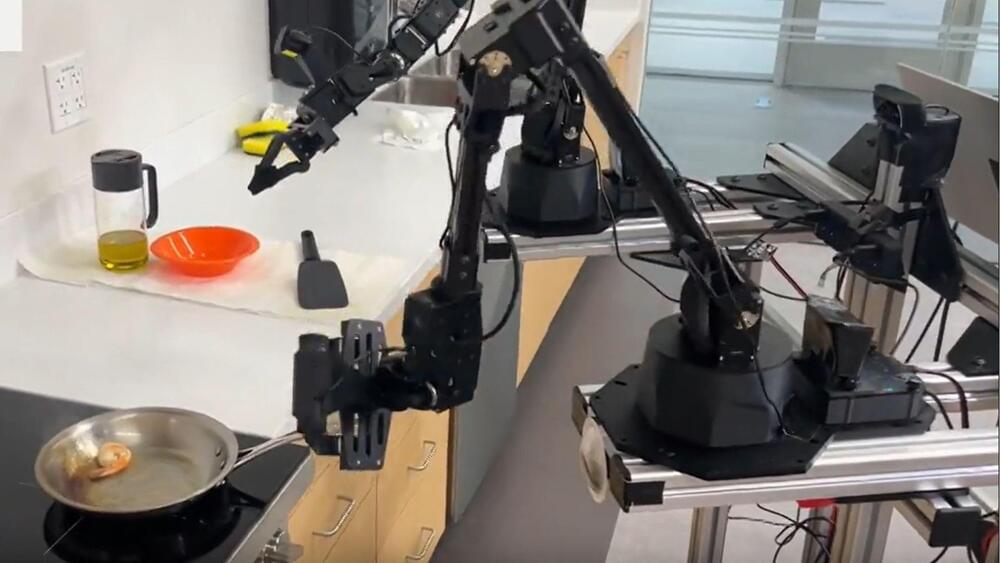European yacht broker MYSEA has announced the beginning of sales of the AQUON One eco-catamaran – a solar electric yacht powered by the sun and hydrogen fuel cells with luxurious accommodations for eight to ten passengers without any emissions.
The project in Iceland will be the first ever attempt of drilling straight into the incredibly hard to find magma beneath the Earth’s surface.
A recent study reveals that the monkeypox, or mpox, virus is evolving into multiple strains due to mutations caused by ongoing interactions with the human immune system, suggesting that the virus has been circulating in humans since 2016.
“These observations of sustained MPXV transmission present a fundamental shift to the perceived paradigm of MPXV epidemiology as a zoonosis and highlight the need for revising public health messaging around MPXV as well as outbreak management and control,” write the authors.
A history-making mission to send a commercial lander to the moon is set to carry DNA to the final frontier.
In an exciting development, researchers at the Lawrence Berkeley National Laboratory (Berkeley Lab) have made significant strides in the exploration of a material known as LK99 and its potential for superconductivity. This innovative research, rooted in computational methods, has stirred the scientific community, despite initial skepticism. Their determined investigation into the optimization of LK99 as a superconductor holds promise for a scientific breakthrough, shedding light on the persistent nature of scientific research and the pursuit of knowledge.
Unraveling the Mysteries of LK99
Scientists at Berkeley Lab have been delving into the possibilities held by LK99, a material identified as a candidate for superconductivity. Their computational work suggests that through careful optimization, LK99 can indeed function as a superconductor. This breakthrough is the result of a relentless commitment to scientific exploration and the willingness to challenge conventional wisdom.
Governor Kristi Noem has proposed a $6 million investment in a new Center for Quantum Information Science & Technology (C-QIST) in her recommended budget for the upcoming fiscal year.
According to details from the proposed budget, the center, a collaborative effort between Dakota State University, South Dakota School of Mines & Technology, South Dakota State University, and the University of South Dakota, aims to position the state as a leader in this emerging field with the potential to revolutionize everything from national security to healthcare.
The governor mentioned the potential of quantum computers to solve intractable problems as a reason for pursuing a quantum computing center, according to South Dakota Searchlight.
The coming year is going to see the first sweeping AI laws enter into force, with global efforts to hold tech companies accountable.
In 2023, AI policy and regulation went from a niche, nerdy topic to front-page news.
Smartphone apps can differentiate between tuberculosis and other respiratory conditions. It’s part of an AI-driven trend: using sound to diagnose illnesses.
China has dominated the market for rare earth elements, but US scientists and companies are scrambling to catch up.
Abandoning fossil fuels and adopting lower-carbon technologies are our best options for warding off the accelerating threat of climate change.
The system also allows whole-body teleoperation, enabling simultaneous control of all degrees of freedom, including both arms and the mobile base.
The system builds on Google DeepMind’s Aloha system, emphasizing the importance of mobility and dexterity in the field of robotic learning.









